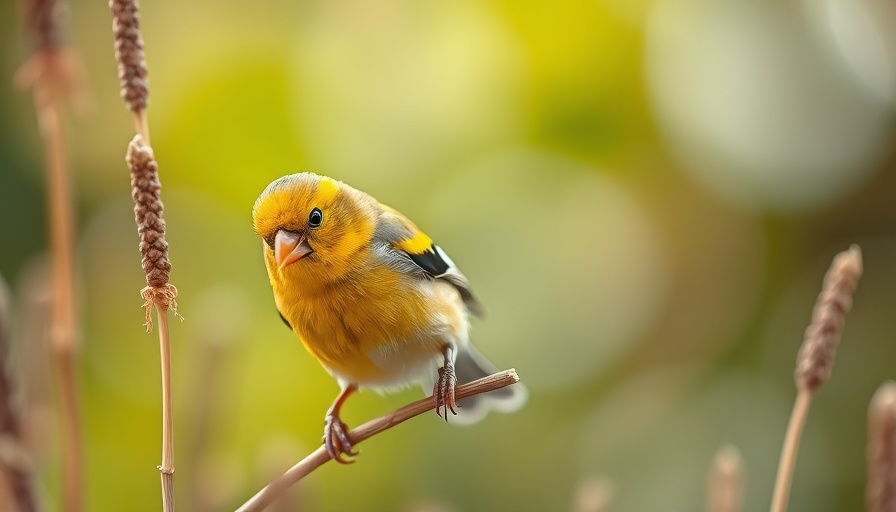
Maximizing Your Fall Garden for Spring Bird Visitors
As autumn settles in and leaves start to fall, many gardeners might assume it’s time to put their tools away until spring. However, for avian enthusiasts and nature lovers, the fall can be a golden opportunity to prepare spaces that attract birds for the upcoming nesting season. With the right strategies, you can enhance your garden to not only thrive throughout the colder months but also appeal to your feathered friends come spring.
Why Fall Gardening Matters
Fall gardening serves as a vital link in the chain of supporting local wildlife. As the temperature drops, birds increasingly rely on backyard gardens for food and shelter. Perennial plants, seeds, and the remnants of summer blooms provide essential nutrition. Leftover plant material transforms into natural bird feeders, offering seeds that become meals for wintering birds.
Essential Plants for Your Fall Garden
According to gardening experts, not all plants are created equal when it comes to supporting birds. Incorporate flowering perennials such as goldenrods, asters, and milkweed, which not only beautify your landscape but also provide food sources during the colder seasons. shrubs and trees that produce berries, such as viburnum and mountain ash, will attract songbirds and other species seeking sustenance.
Create a Year-Round Habitat
Don't forget the importance of providing water sources. Installing a simple birdbath can cater to thirsty birds, especially during dry spells. Keeping an open water source helps sustain wildlife and encourages them to visit your garden year-round. Ensuring that your garden remains a safe haven requires refraining from using pesticides, thereby preserving the ecological balance.
Practical Tips for Fall Gardening
To foster a bird-friendly environment, consider these tips drawn from seasoned gardeners:
- Leave Spent Blooms: Allow old flowers to go to seed for birds to forage.
- Provide Nesting Options: Construct or buy birdhouses that cater to various species.
- Maintain Debris: Don't clear out leaves and organic matter; this forms a natural habitat for insects and birds.
Integrating these practices helps create a harmoniously balanced garden that flourishes while inviting nature’s creatures to thrive.
Conclusion: Prepare for Spring
By actively gardening in the fall, you set the stage for a vibrant bird community in your yard during the nesting season. Embracing these practices not only enriches your gardening experience but supports local wildlife and increases biodiversity in your area. Start preparing today, and let nature's wonders unfold next spring!
 Add Row
Add Row  Add
Add 




Write A Comment